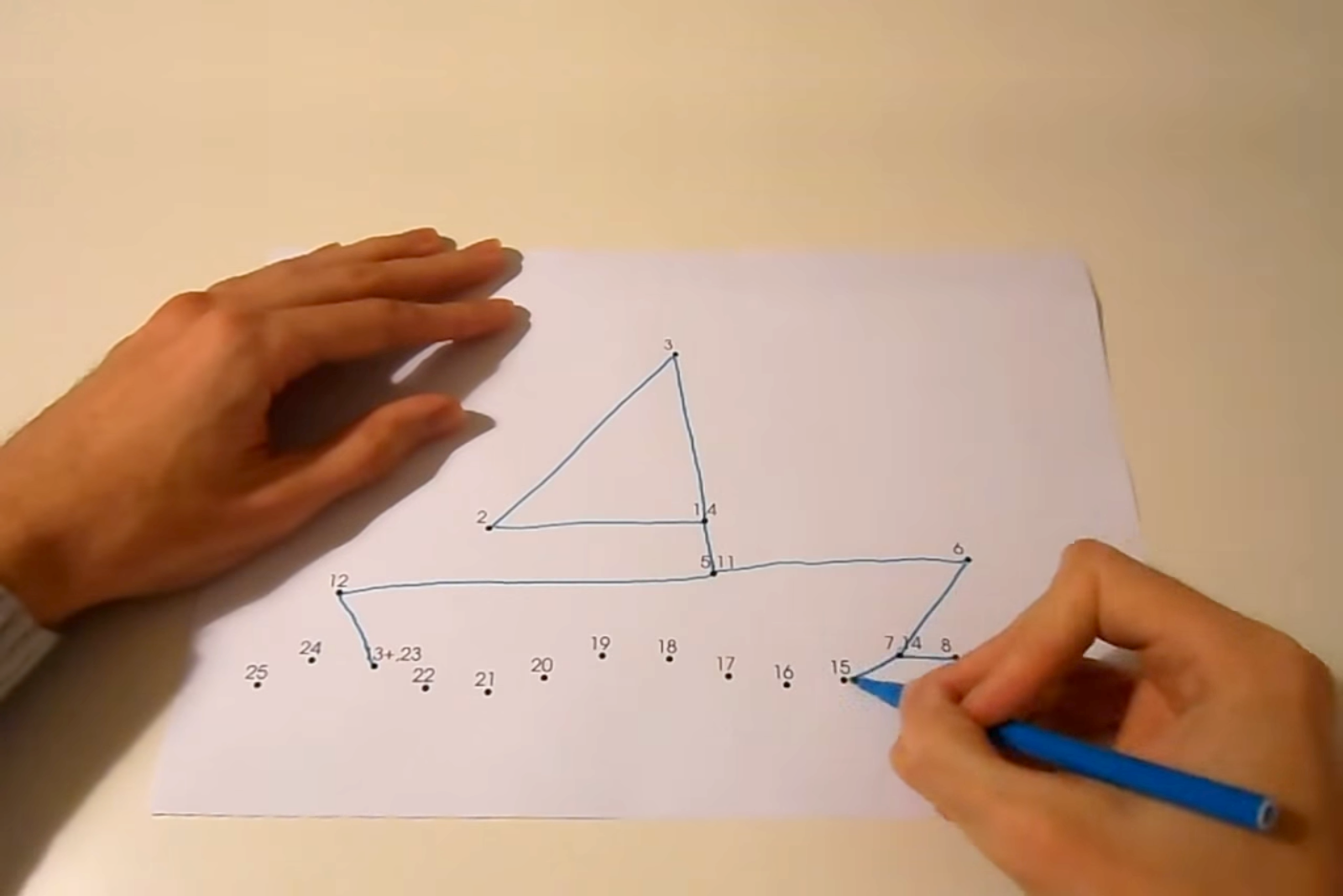Analysis of Games and Puzzles
Puzzles and puzzle games have been popular since the dawn of mankind, and are known for stimulating brain activity and mental welfare as well as simply being fun. With the spectacular rise of powerful handheld devices over the past years, the market for apps is growing rapidly, and puzzle games make up a large part of this market - puzzle games have been estimated to comprise 45% of the American mobile gaming market in 2014. This development calls for automated generation of interesting and fun puzzle instances of just the right difficulty to keep players engaged.
In order to automatically generate puzzle instances that are fun, sufficiently different from each other, and at the right difficulty level, concepts such as “fun” and “difficult” need to be formally defined. We study different possible ways to do this, and how broadly or narrowly they apply to the spectrum of existing puzzles and puzzle games.
The goal is to develop, on the one hand, a generic framework or “toolbox” of analysis methods, and on the other hand to apply and fine-tune them to specific puzzle games to demonstrate the power of these methods.
To learn more about out puzzle and puzzle-difficulty related research, please follow the links below.
| Puzzle Difficulty Estimation | Connect-The-Dots |
|---|---|
 |  |
| Marc van Kreveld, Maarten Löffler, Paul Mutser: Automated Puzzle Difficulty Estimation Computational Intelligence in Games (to appear), 2015 |
| Mira Kaiser, Tim van Kapel, Gerwin Klappe, Marc van Kreveld, Maarten Löffler, Frank Staals: The Connect-The-Dots Family of Puzzles: Design and Automatic Generation. ACM Transactions on Graphics, 33, 4, 72, 2014 |
This project is supported by NWO.

